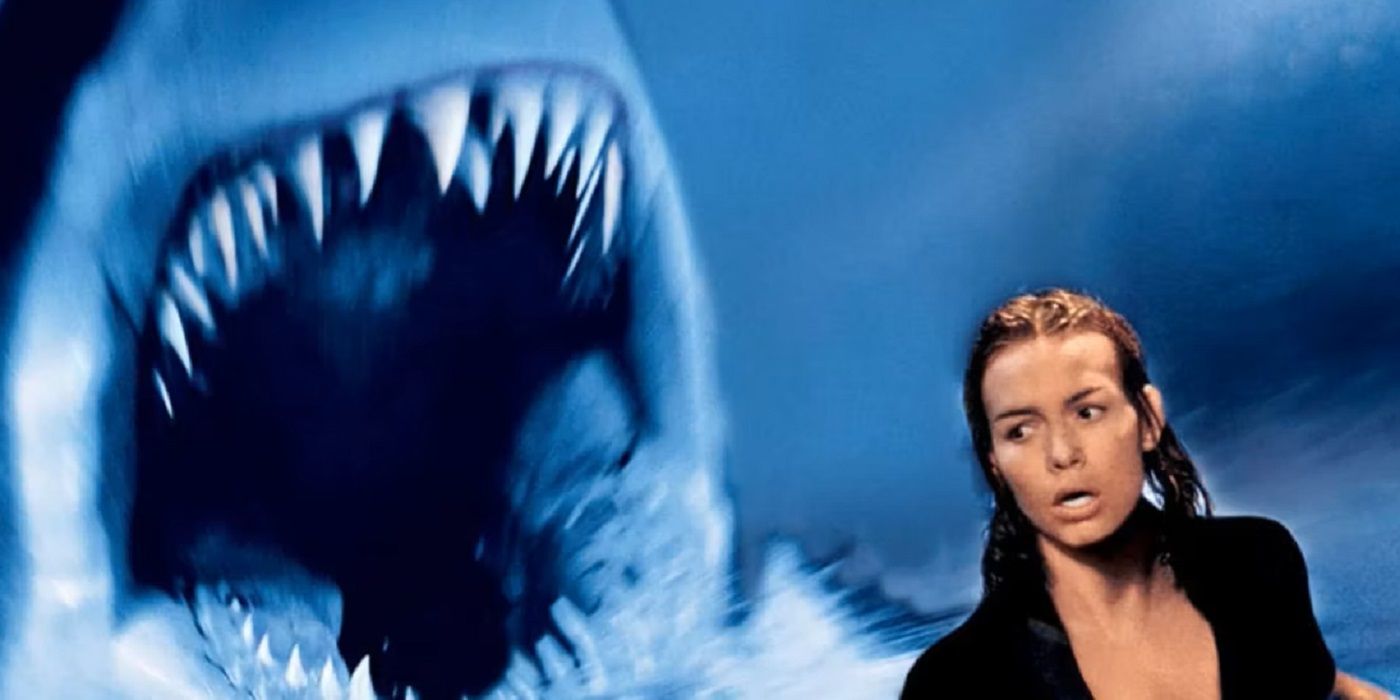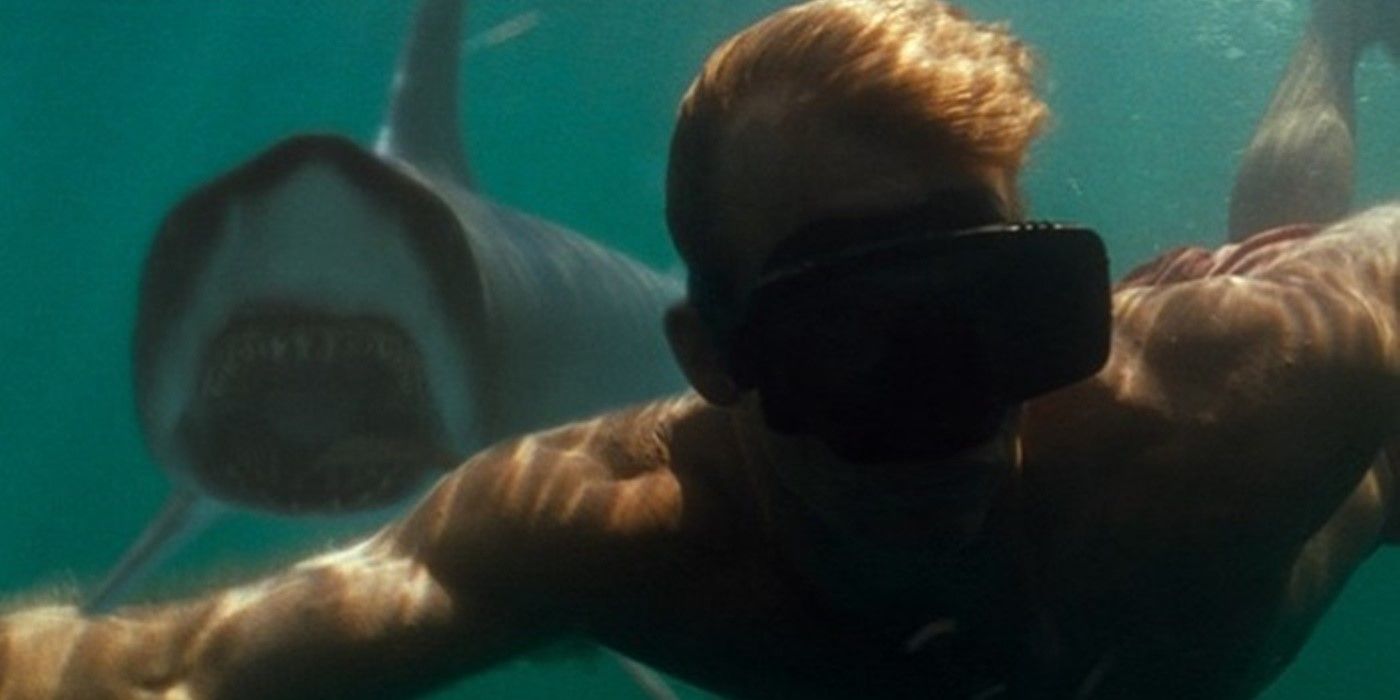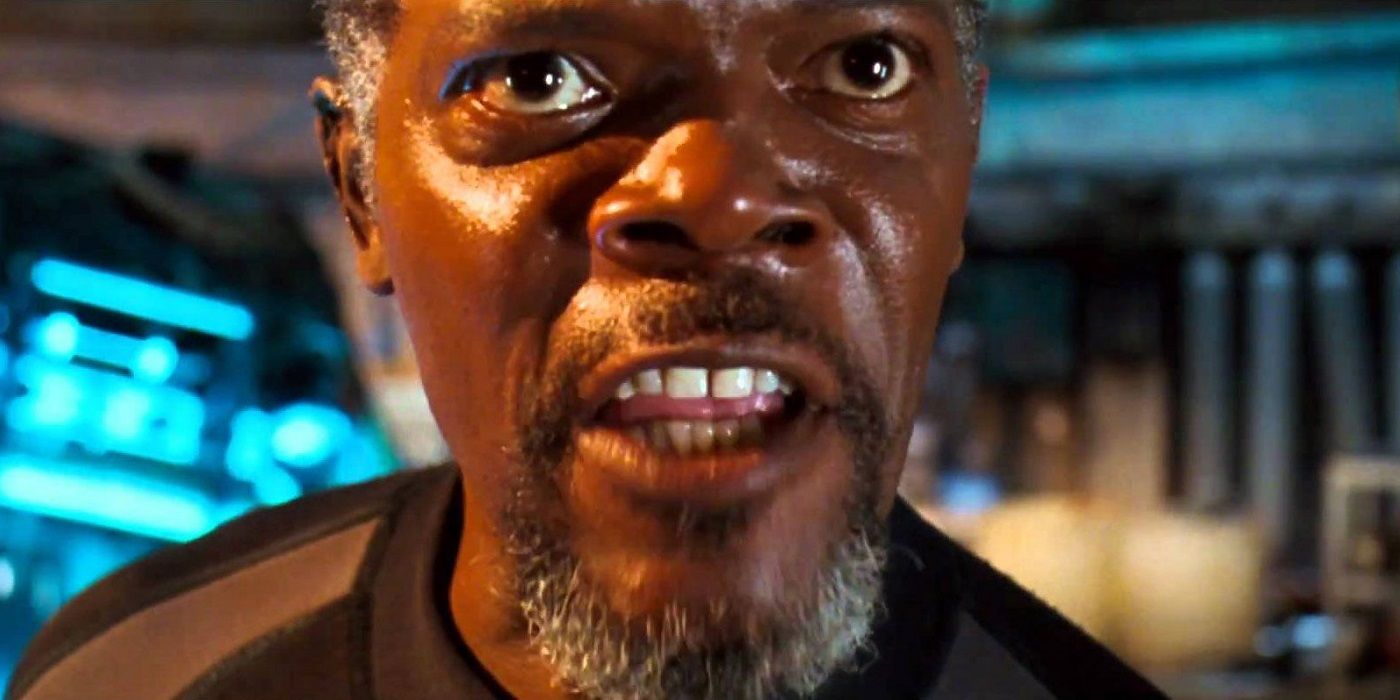Shark films have always been the most difficult to execute of all the creature features. It may be partly due to how Jaws set such a high standard. However, it could also be that there are only so many ways that an audience could be told the same stay. While fans will always love a monster movie where the monster is eating half of the cast, it's important for viewers to buy into why these animals have turned on humans. There may be many misses in this regard, but there's one hit that has yet to get the recognition it deserves -- Deep Blue Sea.
Deep Blue Sea followed a group of scientists and others who worked in a subaquatic research lab. The goal of this facility was to find a cure for Alzheimer's by using a shark's brain as the key. However, to get the necessary results, these sharks, Makos to be exact, were genetically enhanced to be bigger, faster and much smarter. But after an accident, the sharks broke out and began to get revenge on the people who had experimented on them.
Deep Blue Sea Changed Shark Films Forever
Deep Blue Sea worked so well and has continued to because rather than focus on a grounded story like Jaws, it decided to take a science-fiction approach. By creating intelligent sharks, audiences couldn't anticipate the many ways these animals would feed and hunt. They were more unpredictable than ever, and the fact that the smallest ones could stalk people in flooded hallways and shallow water made them more terrifying.
From a technical standpoint, its use of practical and special effects made a world of difference. The cast could interact with a real shark puppet when needed, making the kills and jump scares all the more realistic. But when it was time for intricate shark attacks or to watch the shark's problem solve, the special effects-filled the gap perfectly. Essentially, the film was perfect for when it was released and ahead of its time.
Deep Blue Sea Became the Jaws Of the New Millennium
Jaws opted for the slow burn technique, using POV shots, haunting music and well-placed jump scares to build the threat of the shark before it showed its face. Deep Blue Sea opted to create its own slow burn where even though the shark was shown, its intelligence was the real tension builder. Plus, with its own simplistic yet equally scary score, audiences knew that seeing these thinking machines was all but certain death.
Remaking Jaws, whether literally or spiritually, may be a fool's errand as one can't capture lighting in a bottle twice. But Deep Blue Sea represented what happened when a film took that captured lighting and experimented on it like a mad scientist. What resulted was something that felt fresh but used classic monster movie tropes. As a result, even after over 20 years, Deep Blue Sea has still been a standout shark film and deserves just as much recognition as other famous creature features.



